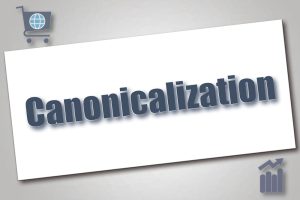Developing a productive site requires that we put a lot of time and effort into onsite SEO. Onsite SEO is non-negotiable. It is absolutely critical to achieving strong search engine results. Likewise, a website needs to perform well in organic searches if potential visitors are going to find it.
At the conclusion of this post, we encourage you to assess your own onsite SEO efforts. If your team doesn’t have the knowledge or skill to optimize for SEO, perhaps it is time to bring in a professional. Webtek Digital Marketing is always ready to assist.
A Basic Definition
There are a lot of complicated definitions of onsite SEO. We prefer to keep things simple. Onsite SEO is the practice of optimizing all the elements on a given website in order to:
- increase that site’s ability to perform well in organic web searches, and
- help website visitors quickly understand what a web page is about.
It should be clear from this explanation that onsite SEO is designed to help both Google algorithms and human visitors easily understand webpages. When Google algorithms understand, they can more effectively rank pages. When visitors understand, they are not left dazed and confused by a website that doesn’t make sense.
Technical SEO
Onsite SEO itself can be divided into two sub-categories: technical SEO and content optimization. Technical SEO deals with the ‘under the hood’ elements of a website. These are things visitors do not see. Here are some examples:
1. URL Structure

Google has stated in the past that their algorithms analyze URLs to help them understand a page’s content. This is why SEO experts recommend including at least one keyword in a page’s URL.
2. Title Tags
A title tag is a bit of descriptive text that helps algorithms understand the title of a piece of content. A helpful title gives algorithms more understanding.
3. Headers
Headers are utilized in written content for two reasons. First, they break up text and make it easier for visitors to consume. Second, they tell search engine algorithms more about the paragraphs that follow.
4. Meta Descriptions
A meta description is a text-based description that tells search engine algorithms what a particular page is about. The meta tag introduces algorithms to the page.
5. Structured Data
Structured data is a specific type of code inserted into webpages to help search engines understand what they are looking at. It is essential for understanding content presented in unique ways. Without structured data, for example, Google algorithms would not be able to distinguish between a book or movie review and a generic blog post.
Content Optimization

Content optimization is an onsite SEO strategy designed to ensure that a piece of content ranks well and is easily understood by consumers. Content optimization involves the use of visual elements that make written content easier to read, alongside keywords and phrases that make it more understandable to search engines.
An integral part of content optimization is linking. Internal links create a bridge that helps search engines establish relevance. External links point search engines to other reputable websites with equally valuable content.
When all is said and done, onsite SEO’s main goal is to tweak every possible aspect of a website to make it easier for both search engines and users to understand. A well-designed and deployed onsite SEO strategy can make all the difference in the world.





